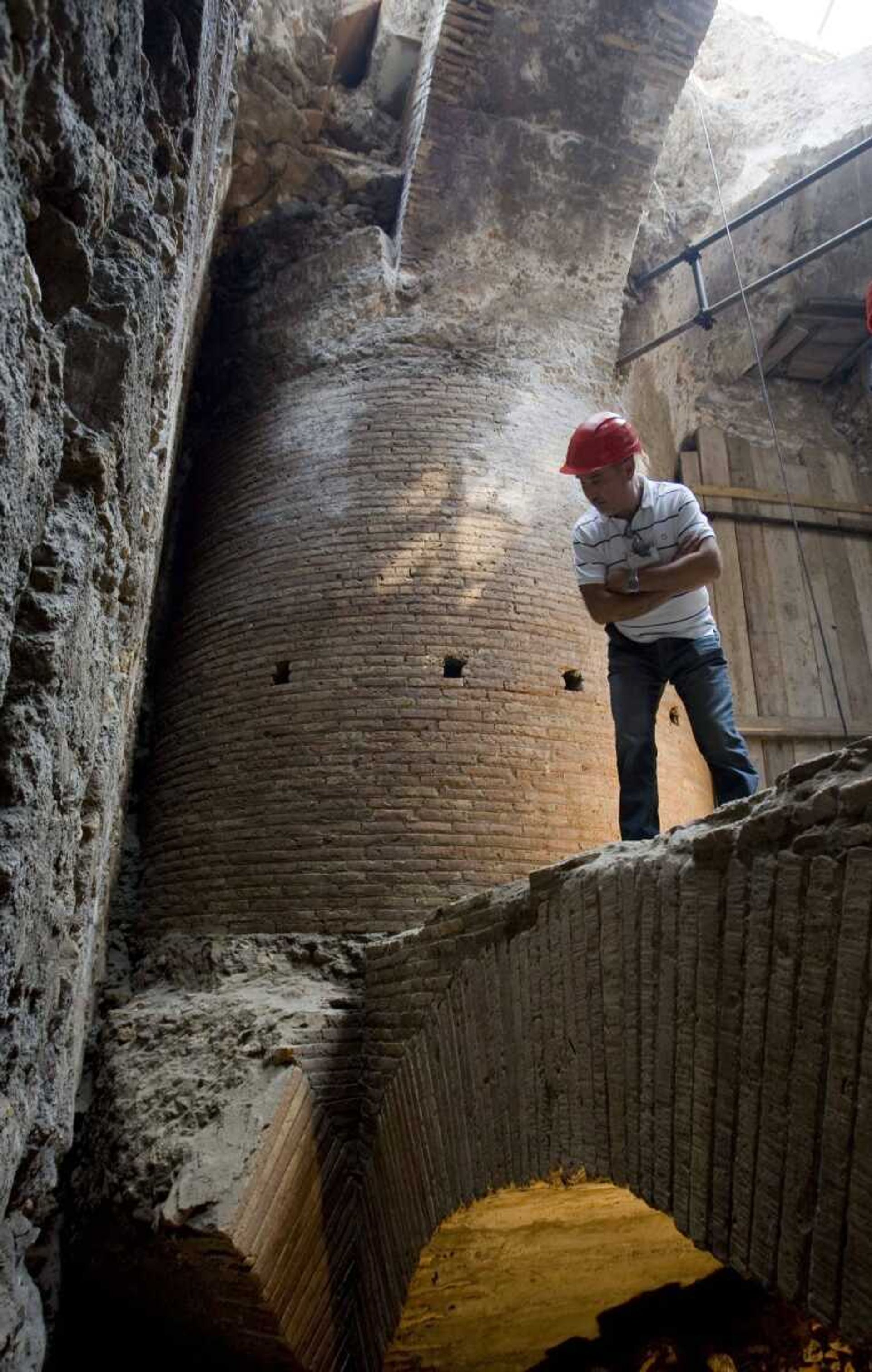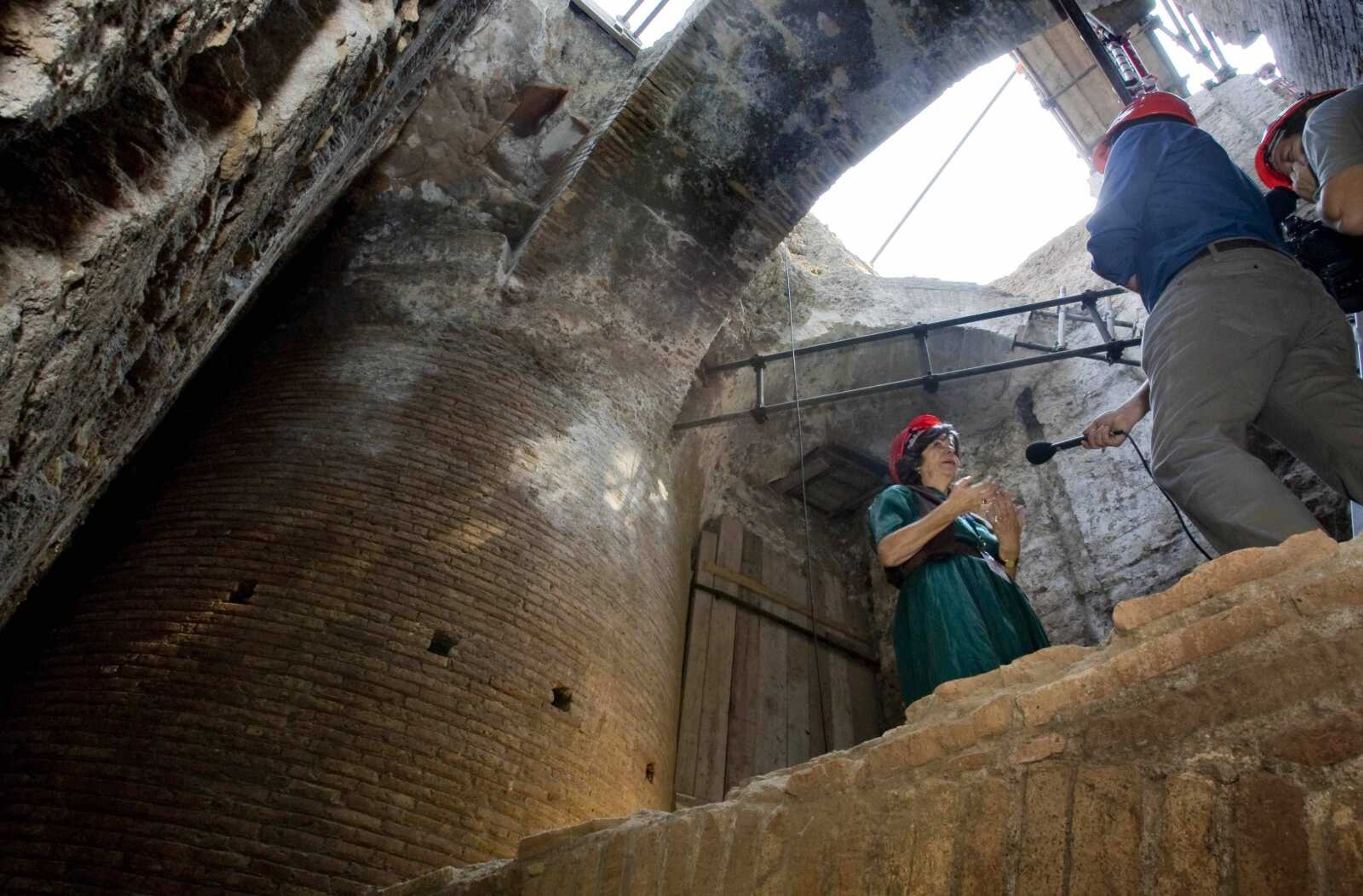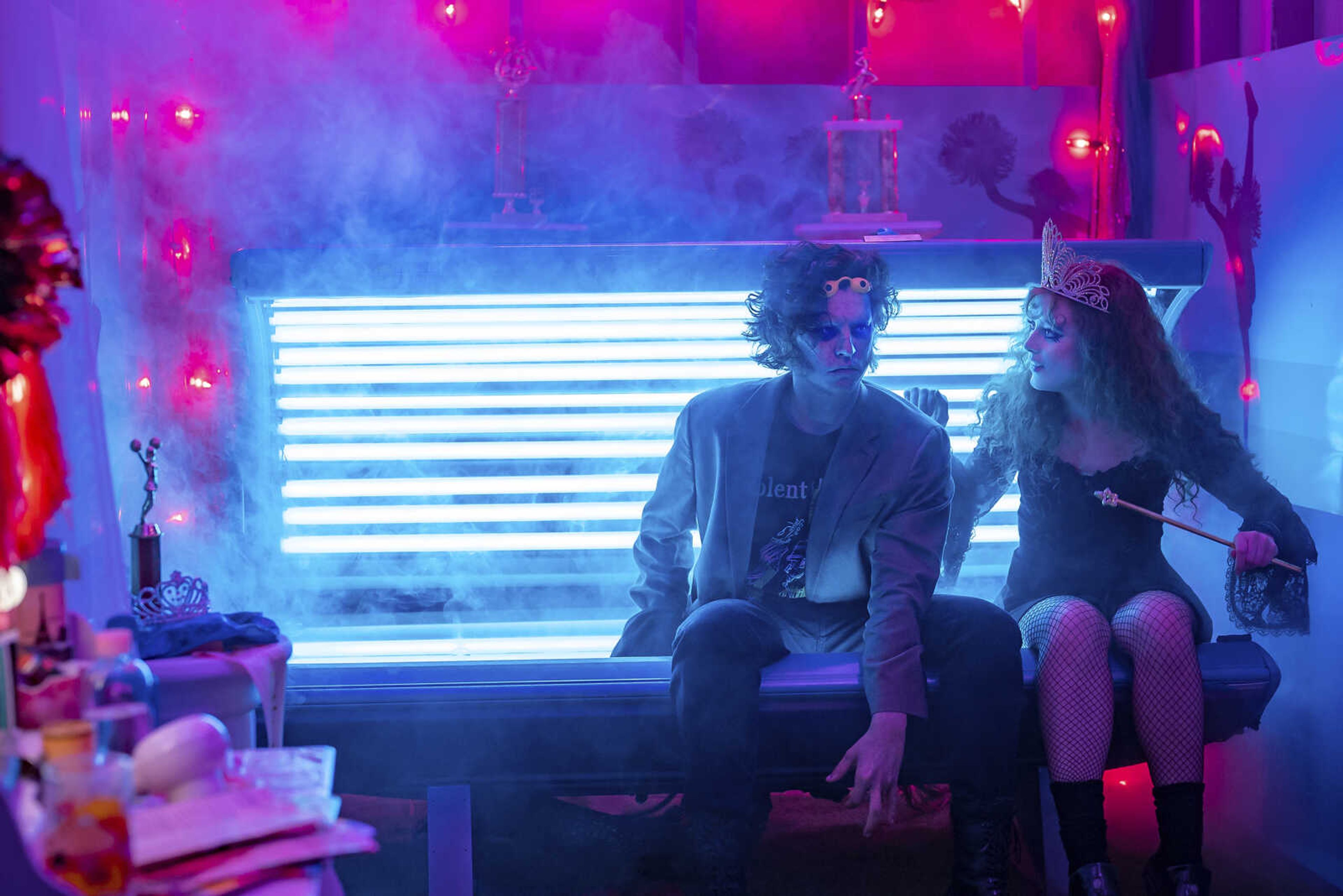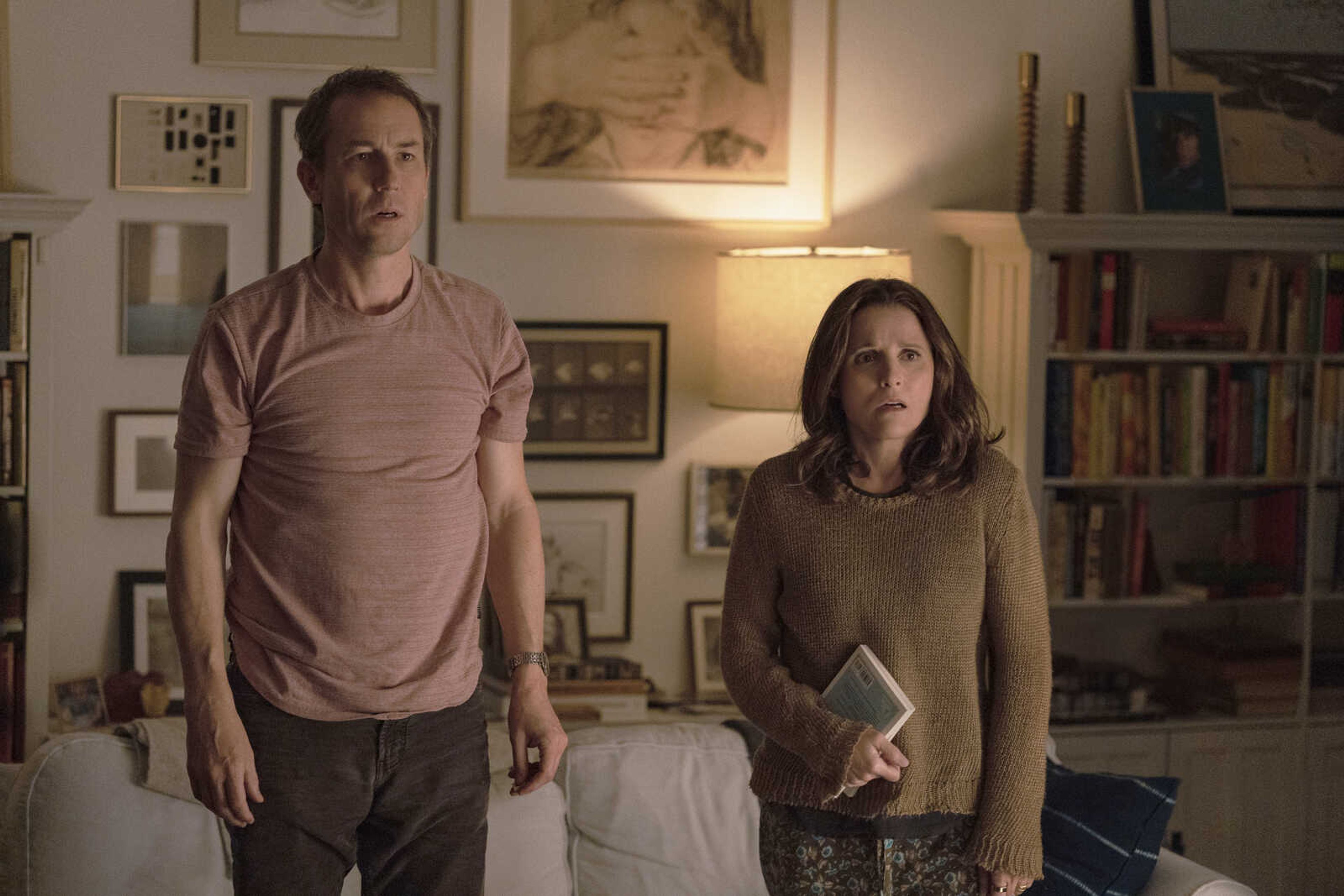Nero's rotating banquet hall unveiled in Rome
ROME -- Not only was Nero a Roman emperor, it turns out he may also have been the father of the revolving restaurant. Archaeologists unveiled Tuesday what they think are the remains of Nero's extravagant banquet hall, a circular space that rotated day and night to imitate the Earth's movement and impress his guests...
ROME -- Not only was Nero a Roman emperor, it turns out he may also have been the father of the revolving restaurant.
Archaeologists unveiled Tuesday what they think are the remains of Nero's extravagant banquet hall, a circular space that rotated day and night to imitate the Earth's movement and impress his guests.
The room, part of Nero's Golden Palace, a sprawling residence built in the first century, is thought to have been built to entertain government officials and VIPs, said lead archaeologist Francoise Villedieu.
The emperor, known for his lavish and depraved lifestyle, ruled from A.D. 54 to A.D. 68.
The dig so far has turned up the foundations of the room, the rotating mechanism underneath and part of an attached space believed to be the kitchens, she said.

"This cannot be compared to anything that we know of in ancient Roman architecture," Villedieu told reporters during a tour of the cordoned-off dig.
The partially excavated site is part of the sumptuous residence, also known by its Latin name Domus Aurea, which rose over the ruins of a fire that destroyed much of Rome in A.D. 64.
The purported main dining room, with a diameter of over 50 feet, rested upon a 13-foot wide pillar and four spherical mechanisms that, likely powered by a constant flow of water, rotated the structure.
The discovery was made during routine maintenance of the fragile Palatine area, officials said.
Latin biographer and historian Suetonius, who wrote the biographies of 12 Roman rulers, refers to a main dining room that revolved "day and night, in time with the sky."
Angelo Bottini, the state's top official for archaeology in Rome, said the ceiling of the rotating room might have been the one mentioned by Suetonius, who wrote of ivory panels sliding back and forth to shower flowers and perfumes on the guests below.
That part of the palace offered a panoramic view over the Roman Forum, Bottini said.
Described by Suetonius as one of Rome's most cruel, depraved and megalomaniac rulers, Nero often indulged in orgies and, fancying himself an artist, entertained guests with his own performances of poetry and songs.
However, Nero did not enjoy the frescoed halls and gold-encrusted ceilings of his Golden Palace for too long. It was completed in A.D. 68 -- the year the unpopular emperor committed suicide amid a revolt.
Connect with the Southeast Missourian Newsroom:
For corrections to this story or other insights for the editor, click here. To submit a letter to the editor, click here. To learn about the Southeast Missourian’s AI Policy, click here.









